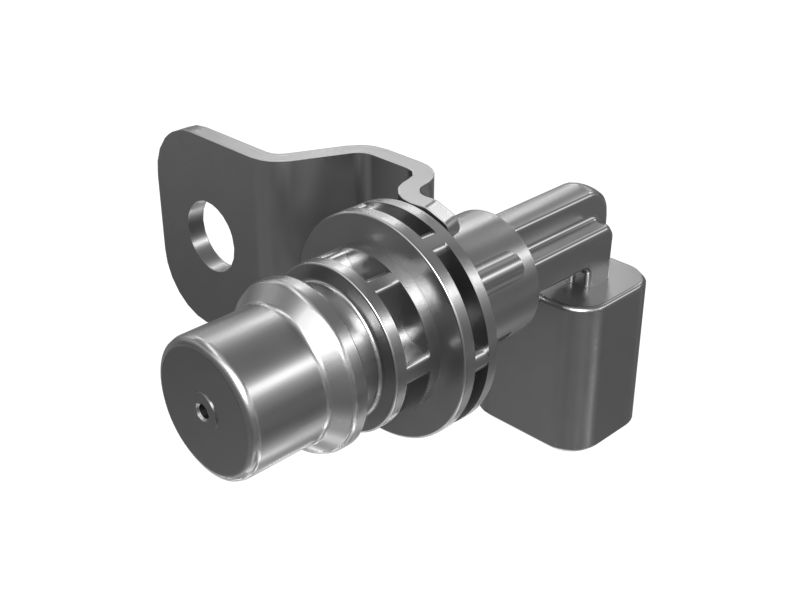
A Variable Reluctance Speed Sensor for the engine is designed to detect the rotational speed and the position of the engine's crankshaft and other rotating components. This sensor operates on the principle of variable reluctance, where changes in the distance between the sensor and a toothed target wheel create varying magnetic reluctance, generating electrical signals used for engine control and monitoring.
Attributes:
• Operates on variable reluctance principle.
• Provides essential data for engine control.
• Monitors crankshaft rotation to determine engine speed.
Applications:
A Variable Reluctance Speed Sensor for the engine Measures the engine's rotational speed, supplying data for engine control units to optimize fuel injection and ignition timing.